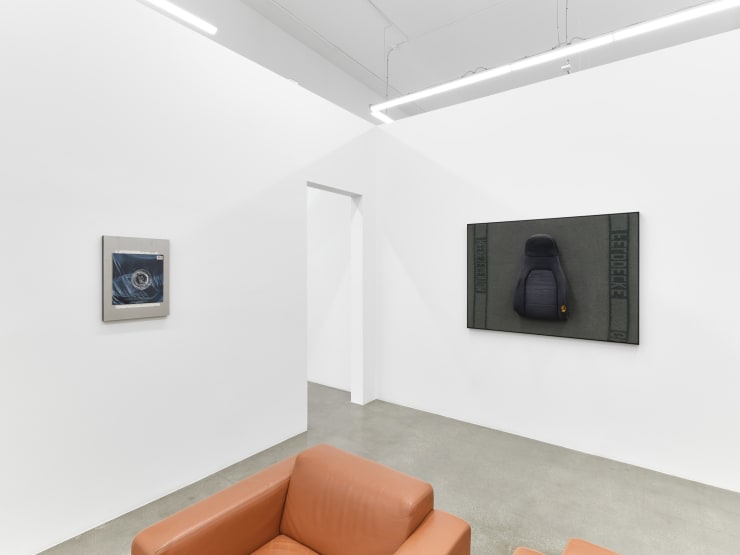Nick Hoecker " Last Cool Hive": Los Angeles
To give some context, Nick Hoecker and I met through a loosely organized calisthenics class that takes place in a public park. Our group only fits in among the skateboarders and weekend basketball players as another set of misfits, a self-selecting cross-section of people who haven’t taken exercise seriously due to uncompetitive natures, chronic injuries, sobriety routines, preoccupations with hierarchical hypocrisy, and/or high school traumas. We’ve learned to adopt those positions typically associated with some other, more mainstream affect, but may always identify as imposters in this arena.
Jokingly, we discuss and enact masculinity, a subject that has admittedly aged ungracefully. (What is it, now, after all those essays on characters like “the cowboy” pinned it to a wave that has since crashed?) As a term, it is fraught, representative of toxicity and power, ideals established by inarticulate fathers, all potentiality. In gay culture it is pornographic, a fetish that mustn’t be shamed, no matter its compensatory connotations. Symbols of maleness once used to test a boy’s heterosexual strength are reclaimed and pumped up to their maximum potency, recontextualized as homosexual icons. The image of a man’s man for the pleasure of men becomes another illusory concept, its empty center making for a fragile shell.
Nick’s recent artworks are in part inspired, he tells me, by this accidental confrontation with and dissection of life’s wideness, aspects of which once felt out of bounds on account of straight adjacency. If sport can be scrapped for its parts and made equally meaningful elsewhere, there must be more where that came from.
And so, artifacts of masculinity become nostalgic and sinister; goals of stasis never met. The rusted chrome of a car is its own tripped inertia; a rearview mirror centered on a bath house towel reflects the driver head-on instead of glancing behind him. Automotive entities are dismantled, summing up their absent components in more exquisite, albeit unmechanized configurations. Found objects and redesigns enact masculinity, in effect absorbing it while diverting it, in the same way we build real strength by working out on playground gym equipment, once deterred by the public act’s societal implications.
Reframed imagery and rearranged accessories of normativity, with their irresistible patinas, are named after tropes meant to keep us in our place—heritage, poser, hopeless conquest, parable—defying these terms’ promises of history’s infinite repetition. They move a fringe to a middle and question the subject of strength on its surface, whether it can ever be totally separate from the postures that create it.
- Natasha Stagg
















